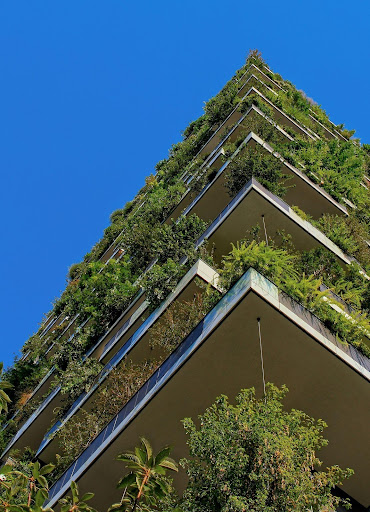Green building certifications have emerged as a significant factor influencing property values and market perception. Marlon Triplett, an experienced contractor based in Gary, Indiana, is keenly aware of the impact that sustainable building practices and certifications can have on residential properties. This article delves into a comprehensive case study analysis to explore how green building certifications contribute to increased property values and market competitiveness.
 Understanding Green Building Certifications
Understanding Green Building Certifications
Certifications for green buildings, like LEED (Leadership in Energy and Environmental Design), Energy Star, and Green Globes, are awarded to buildings that meet specific sustainability criteria. These criteria often include water conservation, energy efficiency, materials selection, indoor air quality, and overall environmental performance. Marlon Triplett recognizes the importance of these certifications in showcasing a commitment to sustainability and attracting environmentally conscious buyers.
Methodology of the Case Study
The case study analysis involves comparing the property values and market performance of green-certified buildings against non-certified counterparts in the same geographic area. The analysis considers factors such as sales prices, time on the market, buyer preferences, and perceived value based on certification levels (e.g., LEED Silver, Gold, Platinum). Marlon Triplett’s expertise in sustainable construction practices adds valuable insights to the case study.
Positive Impact on Property Values
The case study reveals a clear positive correlation between green building certifications and property values. Marlon Triplett notes that green-certified properties tend to command higher sales prices compared to non-certified properties with similar characteristics. Buyers are willing to pay a premium for sustainable features, energy-efficient systems, and environmentally friendly design elements, leading to increased property valuations.
Market Competitiveness and Differentiation
Green building certifications also enhance market competitiveness and differentiation for properties. She emphasizes that certified buildings stand out in the market due to their sustainability credentials, attracting a niche segment of buyers who prioritize eco-friendly living spaces. The certification serves as a marketing tool, showcasing the property’s sustainable features and environmental benefits, thereby increasing its appeal and desirability.
Cost Savings and Long-Term Value
Beyond immediate property values, green building certifications offer long-term benefits in terms of cost savings and enhanced value. She highlights that certified buildings typically have lower operating costs due to energy and water efficiency measures, reduced maintenance requirements, and improved indoor environmental quality. These cost savings translate into higher overall property value and increased return on investment for owners and investors.
Perceived Quality and Lifestyle Benefits
Green building certifications also influence buyer perceptions of quality and lifestyle benefits. She notes that certified buildings are often associated with superior construction standards, healthier living environments, and a reduced environmental footprint. Buyers value these aspects and are willing to invest in properties that align with their values, contributing to the overall positive impact on property values.
Regulatory and Incentive Benefits
In addition to market-driven benefits, green building certifications may also lead to regulatory advantages and incentive programs. Marlon Triplett points out that some jurisdictions offer incentives, tax credits, and expedited permitting for green-certified buildings, further enhancing their financial attractiveness and market appeal. Compliance with sustainability standards can also future-proof properties against evolving regulatory requirements.
Maximizing Property Values with Green Building Certifications
The case study analysis underscores the significant impact that green building certifications have on property values, market competitiveness, and buyer preferences. Her expertise in sustainable construction reinforces the importance of incorporating green building practices to maximize property values and long-term investment returns. As sustainability continues to gain prominence in real estate, green-certified buildings are poised to remain at the forefront of market demand, offering both financial and environmental benefits to property owners and communities.




